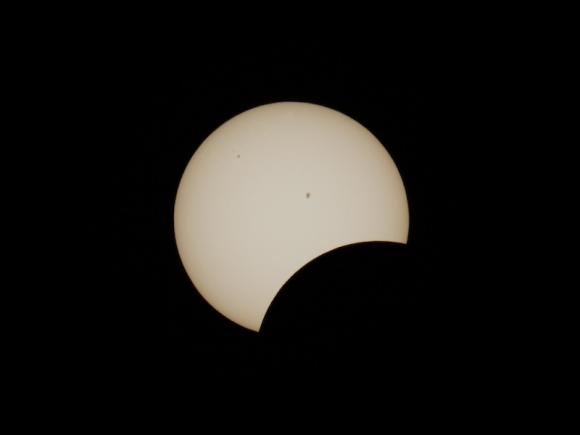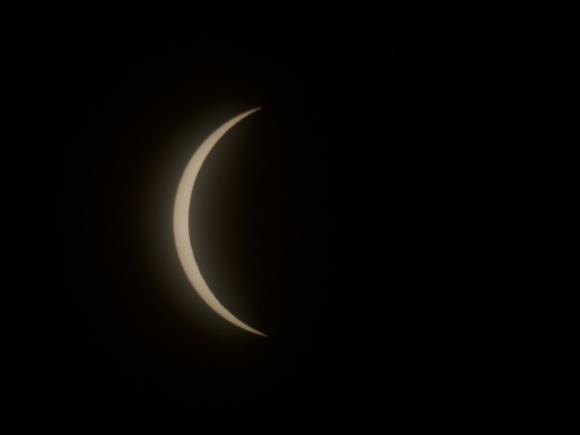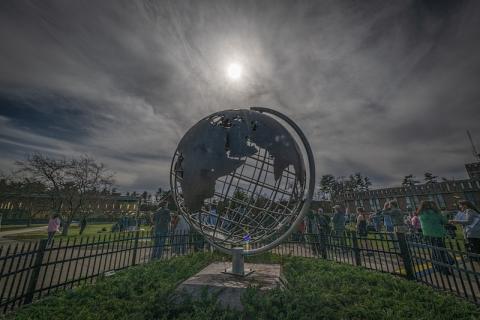
Natural Phenomena Spark Curiosity and Community Engagement

The 2024 total solar eclipse.
Over the past two weeks, North America has experienced two notable natural events that have sparked nationwide discussion and interest. From the unexpected earthquake in New Jersey on Friday to the total solar eclipse on Monday, the university community has been abuzz with curiosity, bringing together faculty, students, staff, and librarians in shared experiences of these phenomena.
The seismic activity originating from New Jersey marked the beginning of this engagement, prompting faculty from various departments to delve into the complexities of earthquakes and their implications.
Dr. Aaron Octavio Reyes, Professor of Chemical and Physical Sciences, commented on the earthquake: “Preliminary data from the United States Geological Survey classifies the earthquake as a 4.8, which is significant for an intraplate earthquake. Intraplate earthquakes are uncommon, with most occurring along tectonic plate boundaries, which is why we rarely feel earthquakes in Massachusetts.”
Reyes elaborated on the factors contributing to earthquakes, including compressional stresses between tectonic plates and human activities like fracking or groundwater withdrawal. He emphasized that earthquakes often have precursors and aftershocks of varying magnitudes.
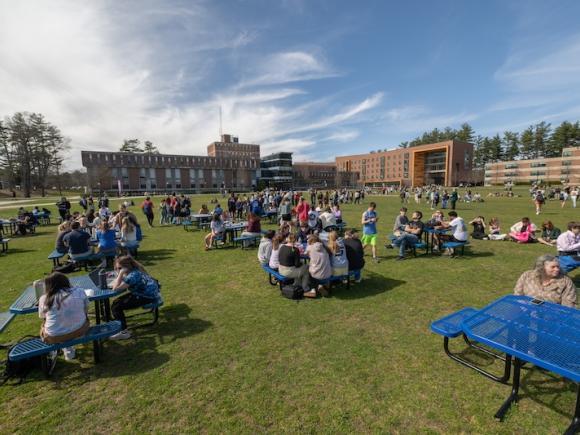
For further information on earthquakes, Reyes directed individuals to the United States Geological Survey website.
Simultaneously, the university observed the solar eclipse on Monday. Led by Dr. Richard Rees, Professor of Chemical and Physical Sciences, and Ashley Ewick, Coordinator of Student Activities, the Chemical and Physical Sciences department provided students with a detailed view of the eclipse through a telescope set up on the campus green. The next solar eclipse visible in North America is not expected until 2044-2045, with Westfield's next visible eclipse set for May 1, 2079.
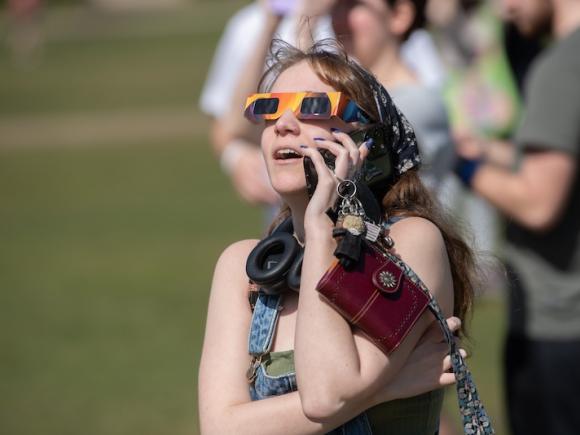
Dr. Frank Gilliano, Professor of Chemical and Physical Sciences, reflected on the eclipse viewing, saying, “It was a wonderful way to bring our community together and create lasting memories.”
Dr. Christopher Gullen, Associate Professor and Chair of Communication, echoed this sentiment, expressing delight at the turnout of students on campus during the eclipse. “Seeing our community gather on the green was truly heartening,” he remarked.
